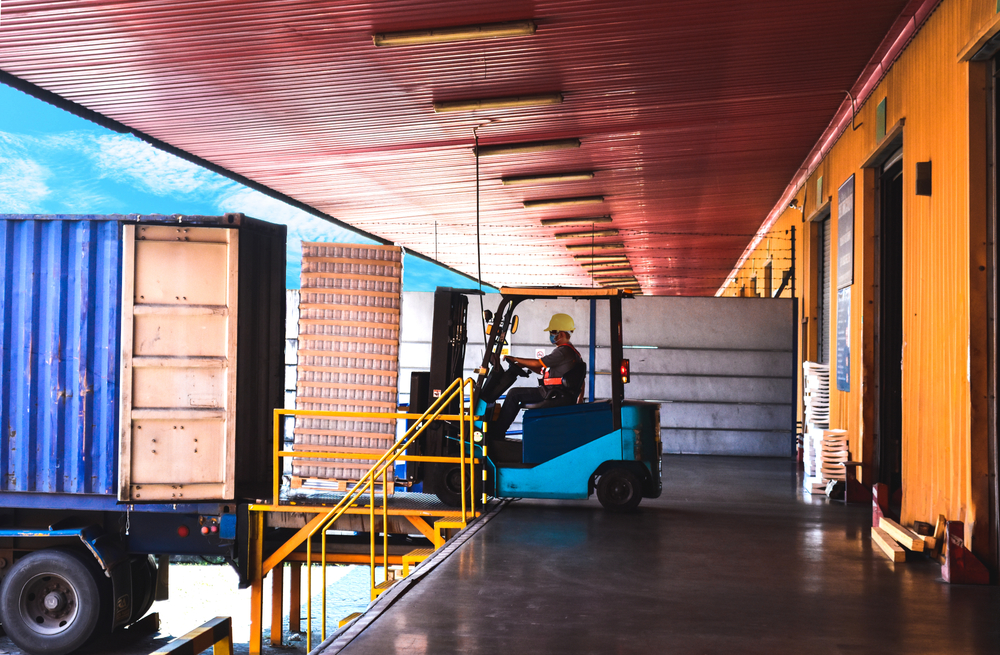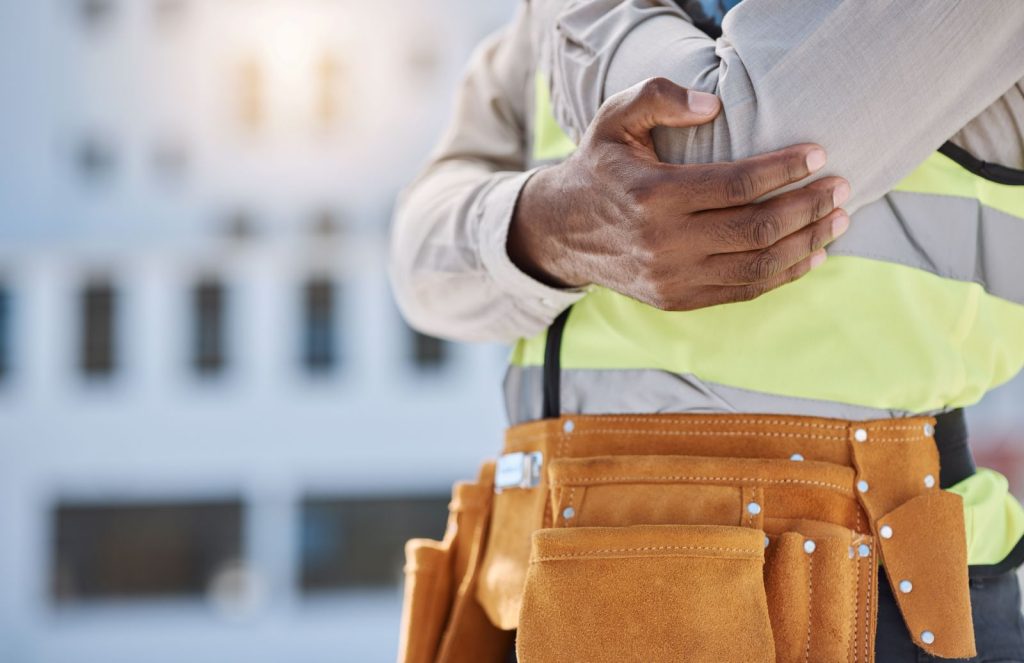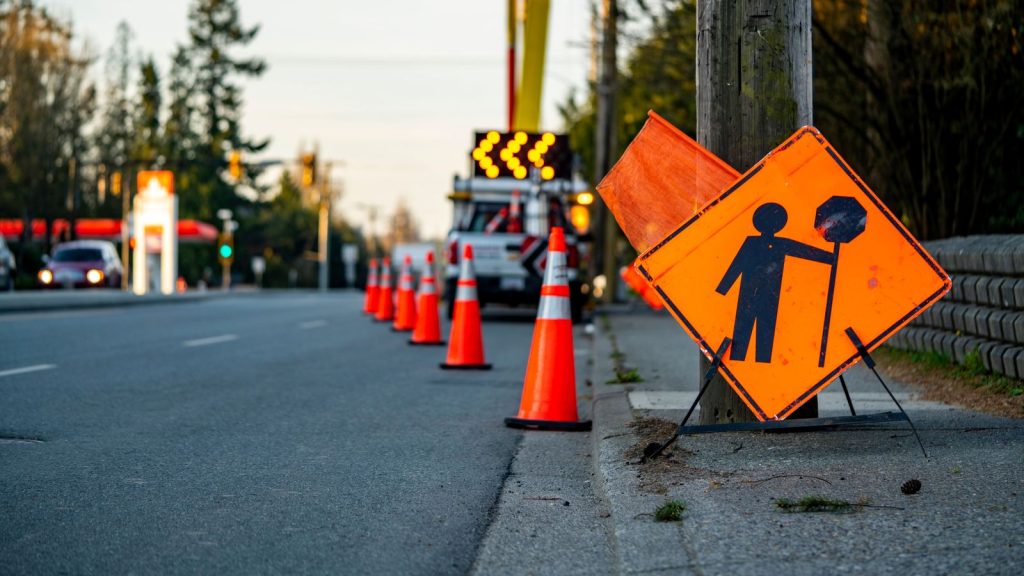Loading Dock Injuries: Are You Preventing Them or Causing Them?

Loading dock injuries not only cause serious harm to trusted employees, but also cost companies millions of dollars every year in workplace compensation payments, lower productivity levels, and lost employee time. As with every aspect of a healthy and safe workplace environment, preventing loading dock injuries requires action BEFORE injury.
Below, we look at some of the main loading dock injury statistics to examine how these unfortunately common occurrences negatively affect both workers and their employers, and then turn our attention to strategies that can help enhance loading dock safety.
Loading Dock Injury Statistics
Did you know that 25 percent of warehouse injuries occur at the loading dock? What is even worse is that for every loading dock injury that does occur, there are at least 600 near-misses that could have resulted in serious worker injuries. The Safety + Health magazine reports that “in 2018, this part of the U.S. freight network (loading docks) handled an estimated 18.6 billion tons of goods worth nearly $19 trillion, according to the Bureau of Transportation Statistics. That same year, nearly 6,600 people missed work because of injuries and illnesses incurred on loading docks, dock plates and ramps.”
Loading docks are obviously an important (though often overlooked) part of the supply chain that moves global commerce. Unfortunately, many companies and warehouse operators do not implement sufficient workplace safety protocols to protect their workers. While there are many different ways accidents and injuries can occur at the loading dock, forklift operators are especially susceptible. The Bureau of Labor Statistics and Injury Facts report that “among forklift operators in 2018, falls to a lower level accounted for 1,030 (13%) of the 7,940 nonfatal injuries requiring days away from work and 16 (18.8%) of the 85 fatalities.”
Where and How Loading Dock Injuries Commonly Occur, and How to Prevent Them
Understanding where and how loading dock injuries occur is the first step in developing policies and protocols aimed at improving worker safety and reducing the probability of serious loading dock injuries from occurring.
- Falls from the Loading Dock: One of the most common types of injuries in loading docks is unexpected falls by individuals and forklift operators. Unfortunately, many warehouses are not climate-controlled and opening the loading dock door is often necessary to improve ventilation. Some warehouse operators only install a simple chain barrier in front of open loading dock doors. This simple barrier is obviously not enough to prevent a 13,000 pound forklift from going through the open door, and it might actually trip a warehouse worker and send them falling through the opening.
The OSHA standard 29 CFR 1910.23(b) relating to Protection for Wall Openings and Holes clearly states that every wall opening from which there is a drop of more than 4 feet shall be guarded by an actual fall protection barrier, not just a simple chain. Following this OSHA standard should be a priority for every warehouse with a loading dock.
- Trailer Creep: Another common loading dock injury cause is trailer creep. This occurs when trucks separate from the loading dock leading to falls and potentially dangerous accidents with warehouse workers.
Trailer creep can be easily avoided by making sure your company has protocols ensuring the use of wheel chocks or other types of wheel restraints to keep the truck in place. Even in fast-paced loading dock environments, using these important pieces of loading dock safety equipment to properly secure the truck to the loading dock door is a quick fix for one of the most common areas of loading dock injuries.
- Exposure to Carbon Monoxide: Carbon monoxide poisoning is another serious health danger for your workforce. This colorless and odorless gas is present in vehicle exhaust fumes and can lead to serious health problems, including death.
You can avoid carbon monoxide-related health problems by installing carbon monoxide detectors throughout your loading dock, ensuring that trucks and other delivery vehicles are turned off as soon as they dock, and ensuring proper ventilation inside the warehouse.
- Problems Associated with Lifting and Carrying Heavy Objects: Lastly, warehouse workers often suffer from serious muscle and bone problems that come from repetitive lifting and carrying heavy objects as they load and unload objects.
This can be corrected by having an on-site and telehealth injury prevention team like Work-Fit who will educate your workforce on workplace wellness and ergonomic best practices, creating a culture of safety awareness.
Injury Prevention Starts With Work-Fit
Work-Fit is a leading onsite injury prevention and management for your workforce. Our workplace ergonomics program can help you train your employees in the best lifting techniques to reduce the probability of these types of injuries. Contact Work-Fit today to see how we can help you improve the health and safety of your workers!



